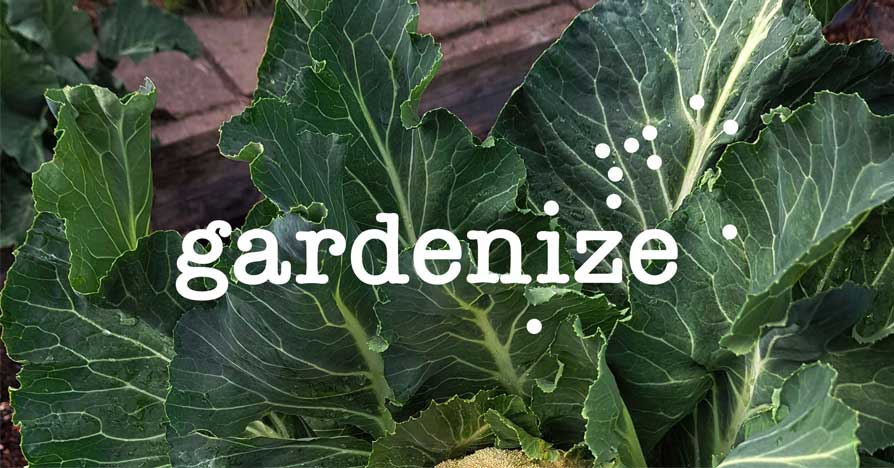GETTING TO KNOW ROSES
When I was little, I never liked roses. They were often grown in separate borders in people’s gardens, and the roses that were grown were usually hybrid teas or floribundas. They had prickles and suffered from diseases. The same was true of public parks: there were often special rose gardens with a number of roses of one variety in each border and they looked stiff and formal. The rose was not a plant I found inspiring.
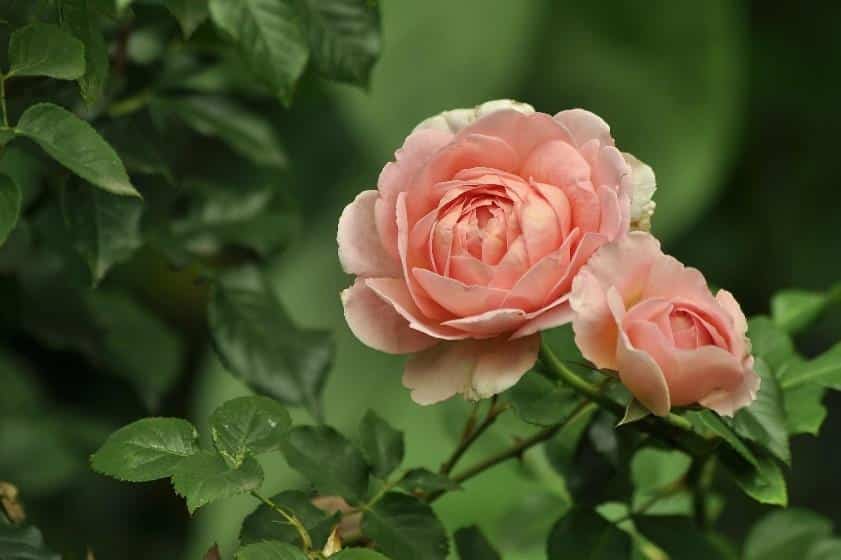
Now I have over 50 types of rose in my garden. Some have spilled over on to the allotment, as I’ve run out of space in the garden. What exactly happened? How do you turn from being a rose hater to a rose aficionado? I am not exactly sure when it happened, but today I think the rose is one of the most beautiful of flowers, and the scent of a rose is like nothing else on earth. I can’t pass one by without wanting to put my nose into it to smell it.
OLD FASHIONED ROSES
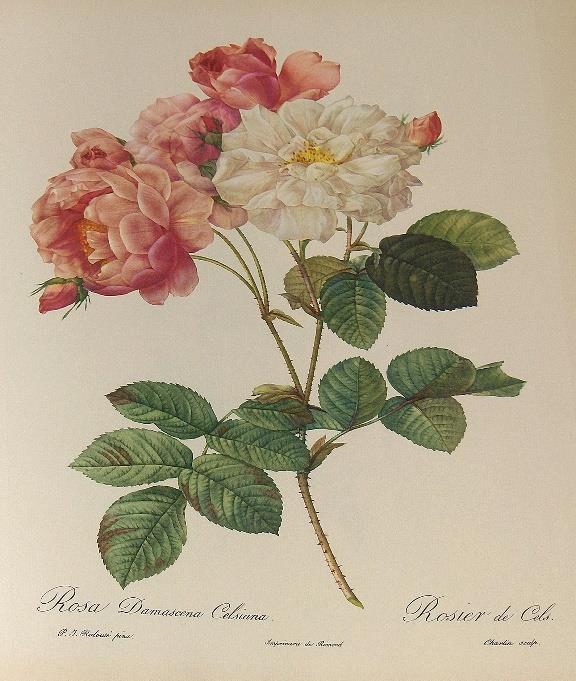
Rosa Damascena Celsiana, watercolour by Pierre-Joseph Redouté
I think what changed my mind was the realisation that there are far more types of roses than hybrid teas and floribundas (though I have come to like these as well!).
It was the discovery of the old-fashioned roses that first caught my interest. The definition of an old-fashioned rose varies from writer to writer, but many people accept that the term describes the classes of roses that were bred (or grew as wild species) before the introduction of the first Hybrid Tea in 1867. They are characterised by their fragrance, blooms, and disease resistance. However, the main disadvantage of them is that they usually flower only once in comparison with modern roses which repeat flower. The English rose breeder, David Austin, successfully crossed old roses with modern roses to achieve roses that have the appearance and fragrance of old roses but the repeat flowering abilities of hybrid tea roses. At first nurseries refused to stock them, but now they are famous throughout the world.
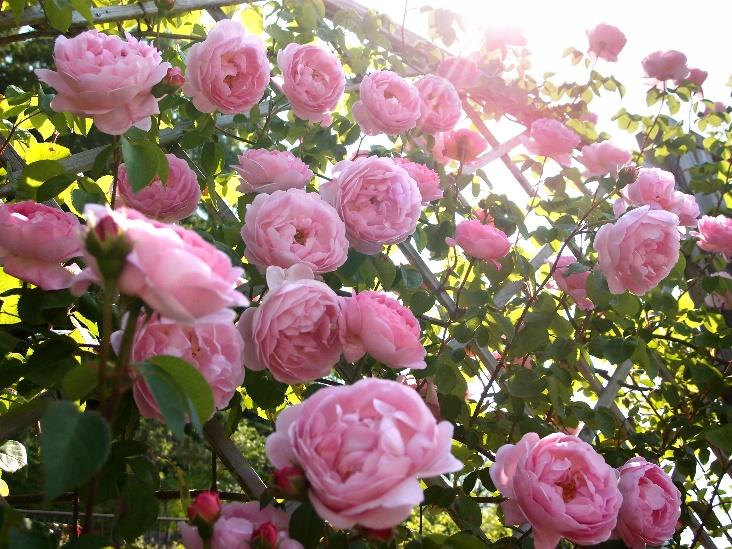
Constance Spry (“Ausfirst”) the first English Rose bred by David Austin
I also became aware that roses, particularly old-fashioned roses, can be underplanted with perennials, herbs and even grasses, which gives a far more informal effect than that of the traditional rose gardens. Certain plants, e.g., alliums, even benefit roses when grown as companion plants.
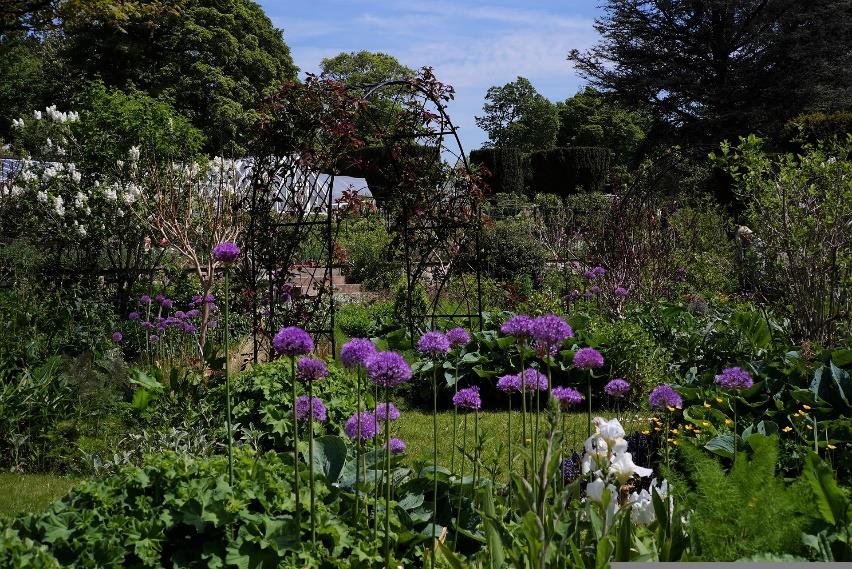
Roses and alliums
THE WARS OF THE ROSES
Roses have played their part in history. The period of English history between the years of 1455 and 1487 have become known as The Wars of the Roses. The two factions, the House of York and the House of Lancaster, each had a rose as their emblem. In the case of the House of York, it was a white rose and in the case of the House of Lancaster, a red one. I have both in the garden.
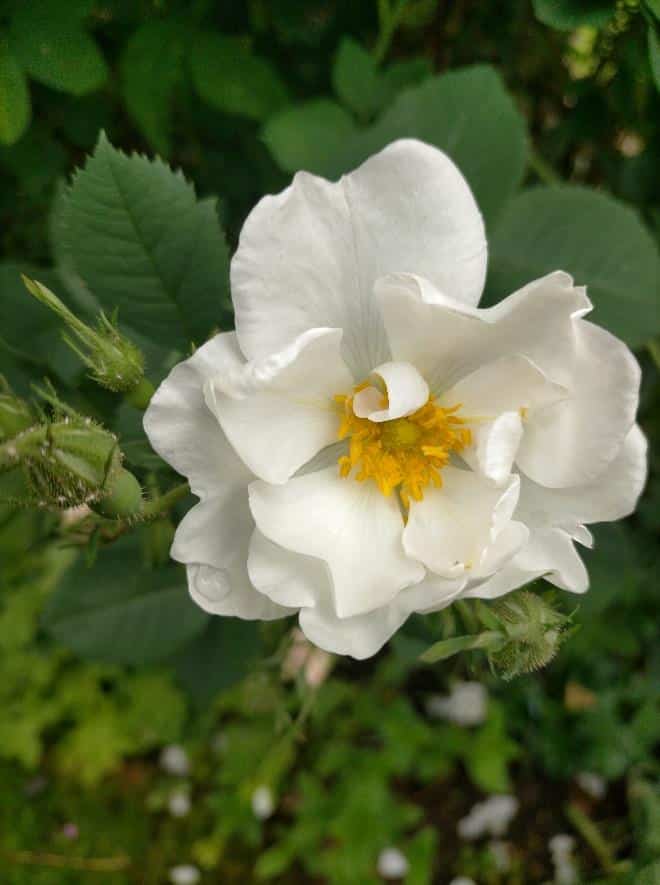
Rosa Alba Semi-Plena
The emblem of the House of York is generally accepted to be Rosa Alba Semi-Plena, although some people believe it is either Rosa Alba Maxima or the wild rose, Rosa Arvensis. The albas are one of the very oldest groups of old rose and are indigenous to Northern Europe. They are very hardy and disease-resistant, and although “alba” means white, few varieties are pure white.
It’s thought that the white rose was adopted as a symbol in the 14th century, when it was introduced by Edmund of Langley, the first Duke of York and founder of the House of York. White was the colour of purity and virginity, so it had religious connotations.
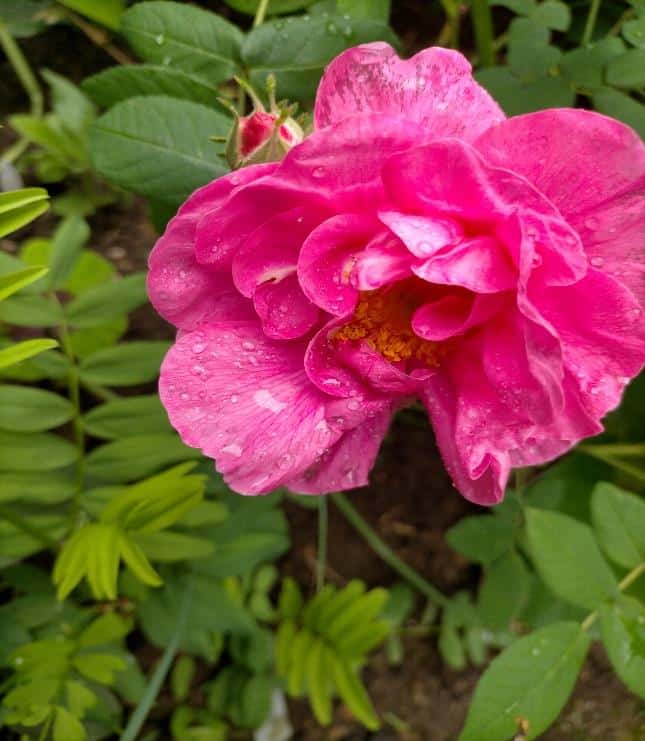
Rosa Gallica Officinalis
The House of Lancaster adopted the red rose, Rosa Gallica Officinalis, as its emblem (although apparently not until the 1480’s, when the war was nearly over!) The Gallicas are another very old class of roses from which many of our garden roses have evolved. It is native to southern and central Europe and was one of the first roses to be cultivated.
Rosa gallica officinalis was also known as the Apothecary’s Rose, because of its its medicinal and cosmetic uses. In France it is known as the Rose de Provins, as, for centuries, it was cultivated in the area of Provins near Paris and used in the manufacture of conserves and medical remedies.
In Shakespeare’s play “Henry VI” Part 1 there is a scene in which supporters of the rival factions pick either red or white roses to demonstrate their loyalty to each respective side. However, the name “Wars of the Roses” wasn’t coined until the 19th Century by Sir Walter Scott. In Shakespeare’s time the wars were referred to as the “civil wars”.
When Henry VII (Henry Tudor) became king he adopted the Tudor Rose as his emblem, combining the red rose of Lancaster and the white rose of York. It is still the heraldic symbol of England.

The Tudor Rose
THE PEACE ROSE
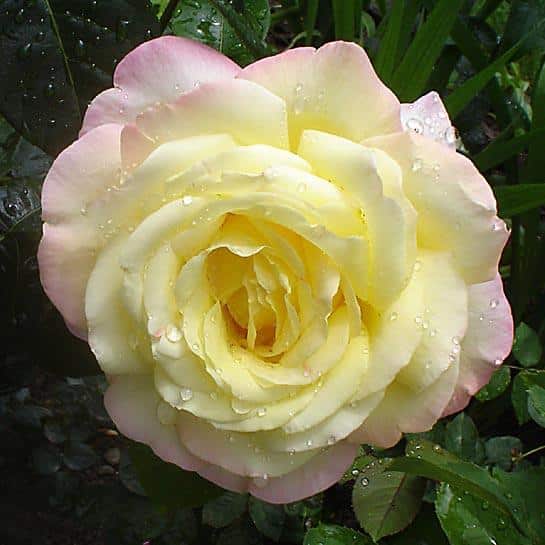
Rosa “Peace”, formally “Mme. A. Meilland”
Another rose which played its part in history is the “Peace” rose. It was hybridised in 1935 by the French rose breeder, Francis Meilland and was originally named “Mme. A. Meilland” after his mother. It is a vigorous Hybrid Tea with petals that are pinkish-yellow, and it reaches a height of between 120 to 200 cm. During the Second World War, just before the German invasion of France in 1940, Meilland sent cuttings of the rose to friends in Italy, Germany, Turkey and the United States in order to protect it. It is said that it was sent to the United States on the last available plane before the German invasion.
In the United States the rose was propagated by the Conrad Pyle Company. Because of communication problems during the war, it received different names in the various countries where it was cultivated. In Italy it was called “Gioia” and in other countries it was known as “Gloria Dei”. However, it eventually became known as “Peace” at the suggestion of Field Marshall Alanbrooke, whom Meilland wished to thank in commemoration of his part in the liberation of France. The trade name was adopted in 1945 and later that year Peace roses were given to the delegations present at the inaugural meeting of the United Nations with the message:
“We hope the ‘Peace’ rose will influence men’s thoughts for everlasting world peace.”
Today “Peace” is still one of the best-selling roses and in 1976 it was voted “The World’s Favourite Rose” by the World Federation of Rose Societies. Having resisted Hybrid Teas for so long, I have just planted two in my garden and am looking forward to seeing them thrive.
A ROSE BY ANY OTHER NAME…
Many roses are named after people, some of whom are famous and some not so famous. I have a Marie Curie rose and a Gertrude Jekyll rose, and both of those names are well-known. But who were Mme. Alfred Carrière, Mme. Isaac Pereire and Ferdinand Pichaud? And who was Dr. Jamain, after whom the rose “Souvenir du Docteur Jamain” were named?
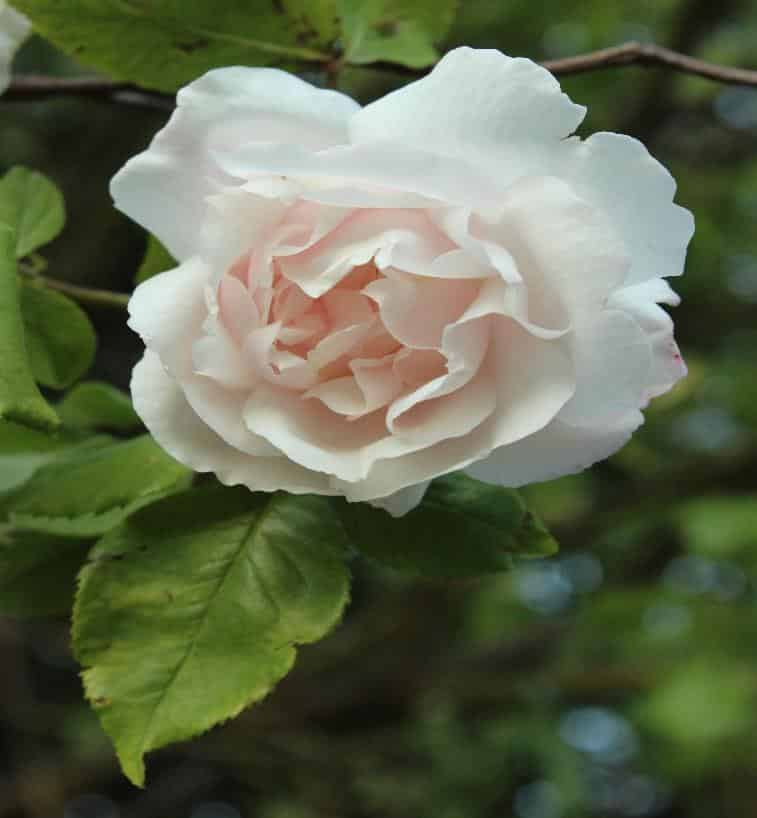
Mme. Alfred Carrière
“Mme. Alfred Carrière” is a beautiful old climbing rose that has white blooms with tinges of yellow and pink. It has a strong tea like perfume and can reach a height of about 20ft.
It was bred in France in 1879 by Joseph Schwartz, who dedicated it to the wife of Alfred Carrière, a keen rosarian and the editor of the horticultural publication “Revue Horticole”. Gertrude Jekyll described it as the best white rose of the period, and it was the first climbing rose to be planted in the rose garden at Sissinghurst by Vita Sackville-West in the 1930’s. It is still blooming there now.

Mme. Isaac Pereire
“Mme. Isaac Pereire” was named after the wife of a wealthy banker who was a major contributor to the development of France’s finance and infrastructure during the French Empire. It was bred in 1881 by Arnand Garçon and was originally called “Le Bienheureux de la Salle. It was renamed “Mme. Isaac Pereire” by Margottin Fils, the company who bought the rose, in honour of Mme. Pereire who had died a year earlier
“Mme.Isaac Pereire” can grow to a height of about 10ft. Graham Thomas described it as “certainly one of the most perfumed rose bushes”
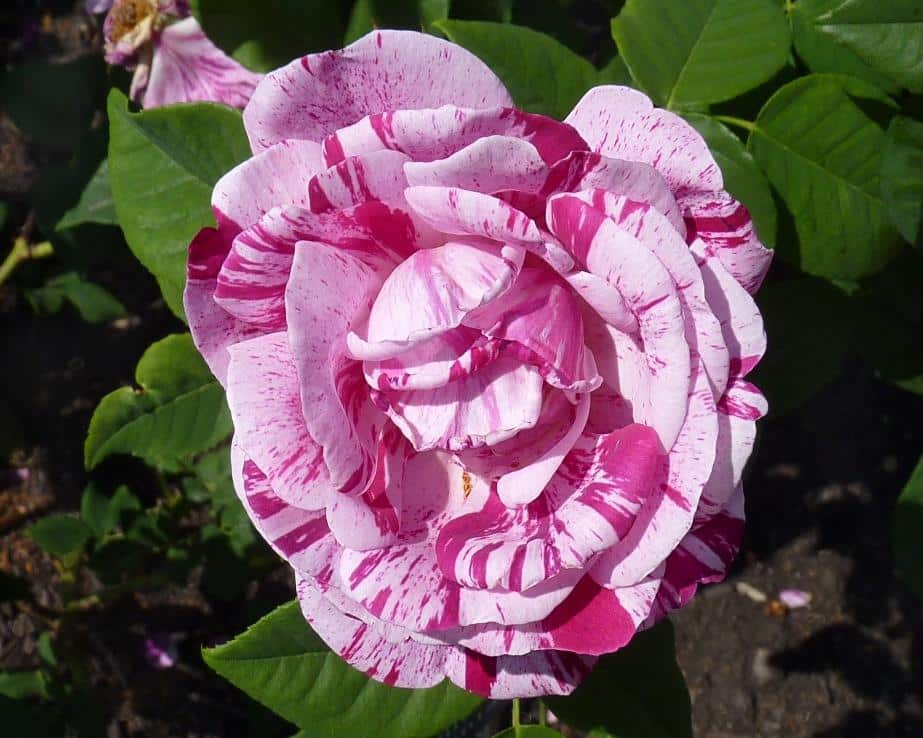
Ferdinand Pichard
The shrub rose, “Ferdinand Pichard”, was bred in France in 1921 by Rémi Tanne and has blooms of pink, carmine and crimson with stripes of reddish purple. It is very fragrant and is said to be the ancestor of most modern striped roses.
It was named after Ferdinand Armand Pichard, who was a rose grower and who may have been a friend of Rémi Tanne.

Souvenir du Docteur Jamain
“Souvenir du Docteur Jamain” was introduced by the French breeder, François Lacharme, in 1865. It can grow up to 6ft tall and has deep velvety purple flowers with pale green foliage. It is one of the best climbers for a north-facing wall, as the flowers tend to fade in full sun. The blooms are highly scented. “Souvenir du Docteur Jamain” was another of Vita Sackville-West’s favourite roses. She claimed to have rescued it from extinction when she found it growing, neglected, against the office wall of an old nursery and took it home to Sissinghurst to plant in the garden, where it flourished.
Alexandre Jamain was a French doctor who was the son of a horticulturalist who also had a rose named after him. He appears to have been a skilful doctor who wrote essays on ophthalmology and surgery, among other things. Dr. Jamain died in 1862, aged only 42, and the rose was bred three years later and named in his memory.
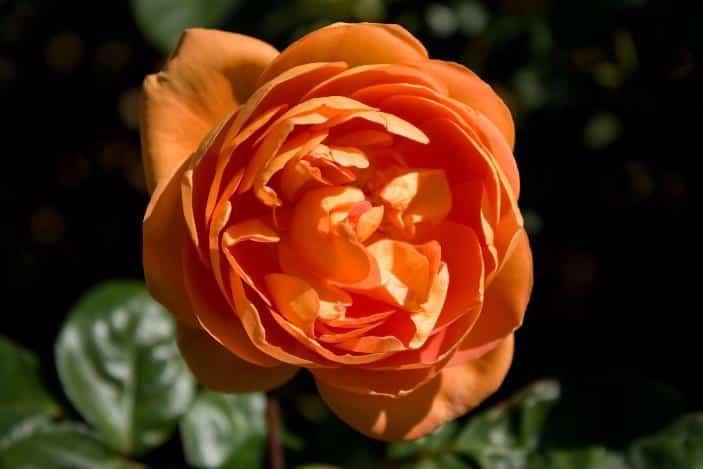
Pat Austin (“Ausmum”)
Many of the David Austin roses in my garden are named after literary characters, such as “A Shropshire Lad” (Ausled) and “Jude the Obscure” (Ausjo). However, David Austin named one rose after his wife, the sculptor Pat Austin. It has beautiful coppery coloured flowers and a strong tea scent. It can grow to about 5ft. Sadly it does not seem to be available any more in the UK catalogue, although there are many other roses with orange or apricot flowers.
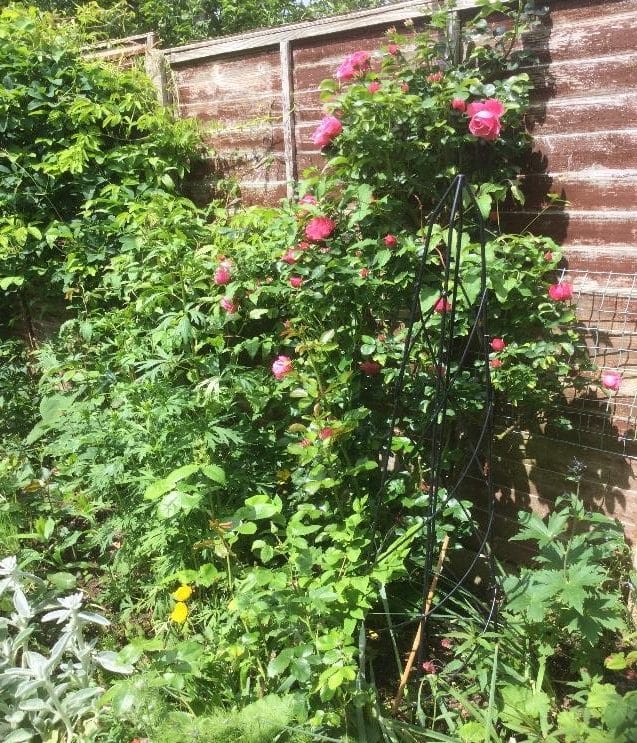

Some of the roses growing in my garden
Once you get to know your roses and start finding out about their history and their characterisitics, it’s a bit like getting to know people. Each one of them has a unique personality. There can’t be many other plants that can say that about themselves!


ABOUT THE AUTHOR
Caroline Bowman has been hooked on gardening ever since she grew some thyme from seed and planted it in a window box when she lived in a flat in London. Fifty years later she is still hooked on gardening, but now she lives in Lincolnshire in England where they have quite a big suburban garden as well as an allotment, where they grow fruit and vegetables. Caroline loves flowering plants, in particular, herbaceous perennials and she likes finding out about the more unusual varieties that will do well in the English climate and soil.
GARDENIZE GARDEN APP
A gardening friend with a green thumb and photographic memory
Gardenize is an app for gardening and cultivation that helps you to overview, understand and develop your garden and your gardening skills. Order makes it easier to succeed and Gardenize structures information and photos and makes it searchable for you. You also get tips and inspiration from other Gardenizers around the world. Gardenize is free to use and you can download Gardenize from the App Store or Google Play, or create an account for the Gardenize web app for web browsers.
Get to know Gardenize better here.

